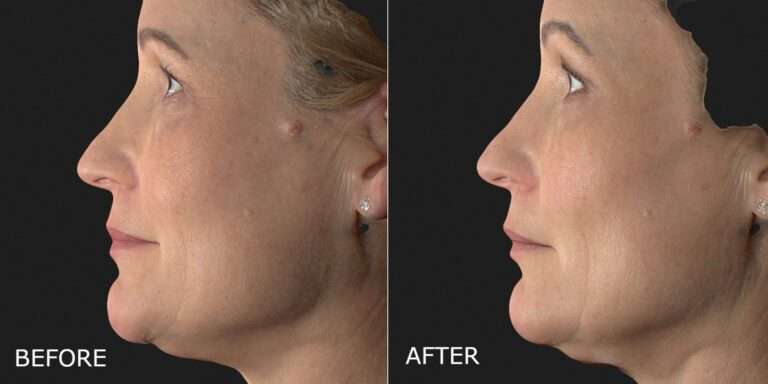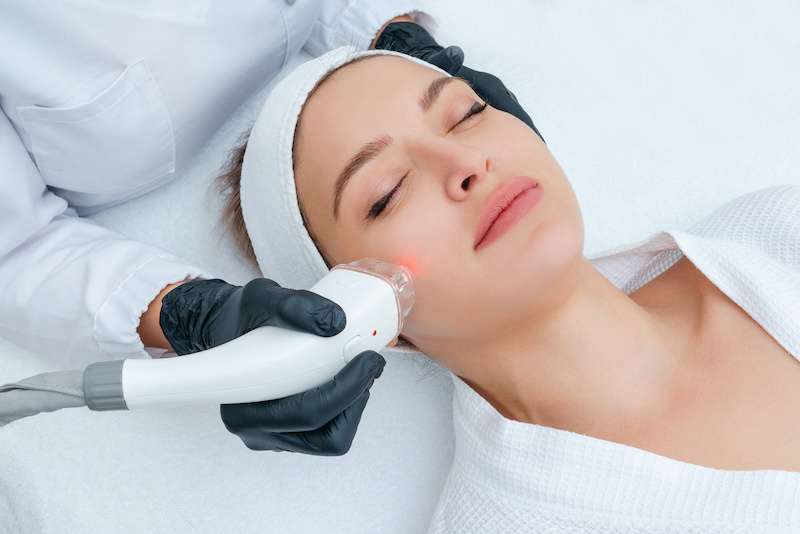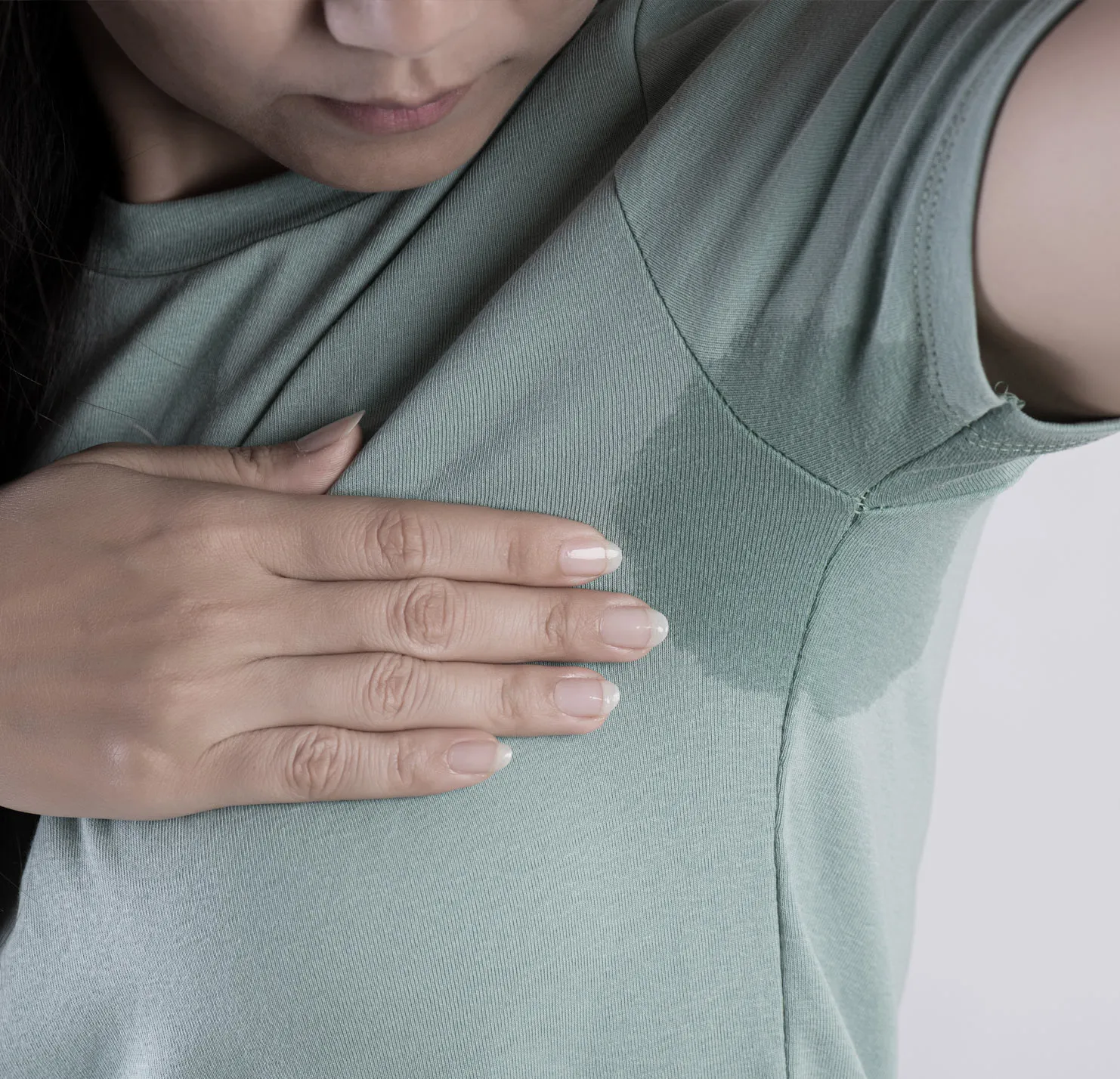
Conveniently located to serve Kelowna, BC.
Treatment Options
Sun Damage
We will help you get rid of your sun damaged skin so you can feel more confident and look your best.

Conveniently located to serve Kelowna, BC.
We will help you get rid of your sun damaged skin so you can feel more confident and look your best.

Just like skin, results may vary. These pictures (of our awesome, real-life clients!) help you see what is possible and set a realistic expectation.
We’d love to get to know you, learn more about your goals, and see what treatment options would suit you best.
Released in 1984, Don Henley wrote in his Boys of Summer song, “I can see you. Your brown skin shining in the sun. You got that hair slicked back. And those Wayfarers on, baby.” What an incredible song that brings back fabulous memories, but also tells us where we received most of our sun exposure – during our youth. We have a wide variety of options to treat sun damaged skin these days and surgery isn’t always required and can usually be avoided in most cases. Let’s feel about our skin the way Don Henley felt in his song: “And I can tell you my love for you will still be strong. After the boys of summer have gone.”
Rosacea is more common in fair-skinned individuals, and in particular those with Northern European ancestry. Those who blush easily are more at risk. It is more common in women than men. Those between the ages of 30 and 50 are at an elevated risk.
Actinic Keratosis is specifically caused by repeated sun exposure. Ultraviolet light damages the elastin (elastic) fibers in the skin leading to increased signs of aging and vulnerability to the effects of sun damaged skin. Common risk factors contributing to the expression of sun damage are:
As a result, it is imperative to keep a strict regimen in terms of sun exposure throughout your life. Dr. Crippen recommends daily application of a UV-A and UV-B blocking sunscreen to help prevent the most common types of skin cancer

Photodynamic Therapy





3477 Lakeshore Rd #200, Kelowna, BC V1W 0A7, Canada